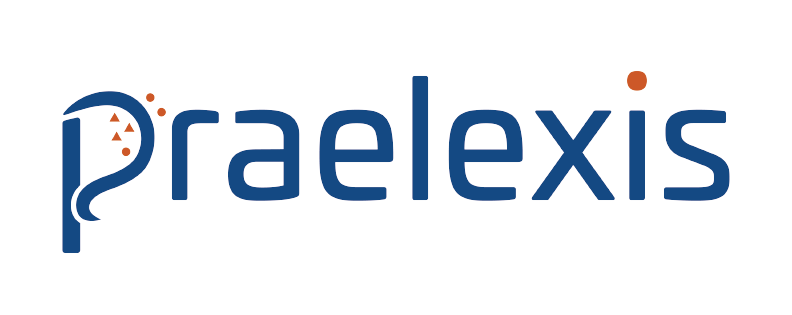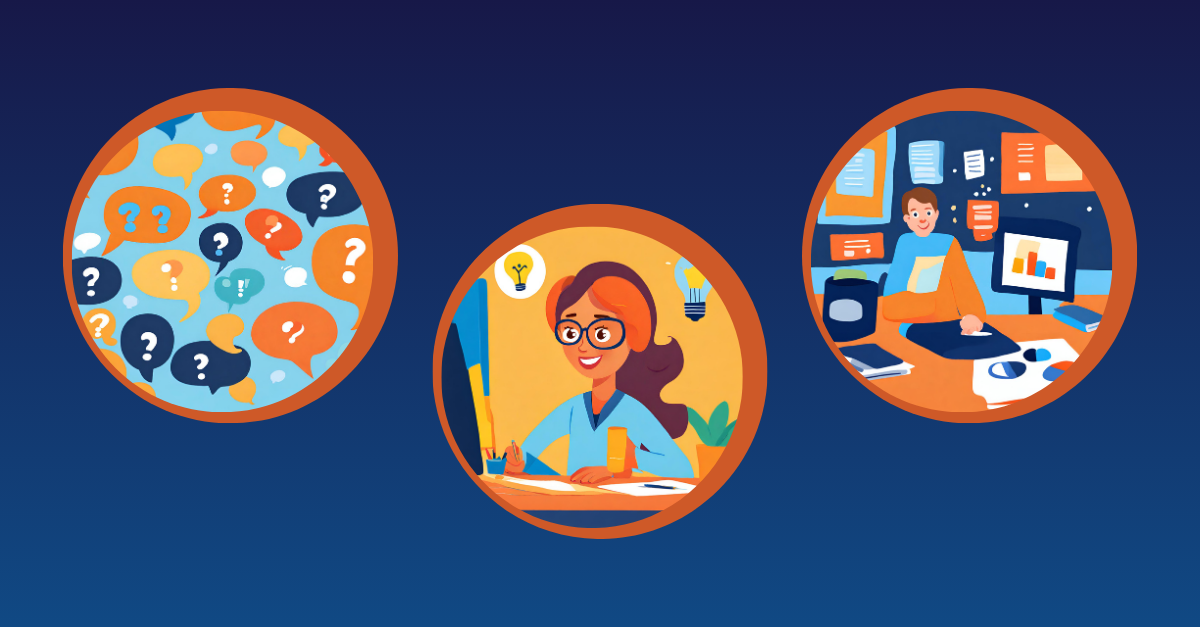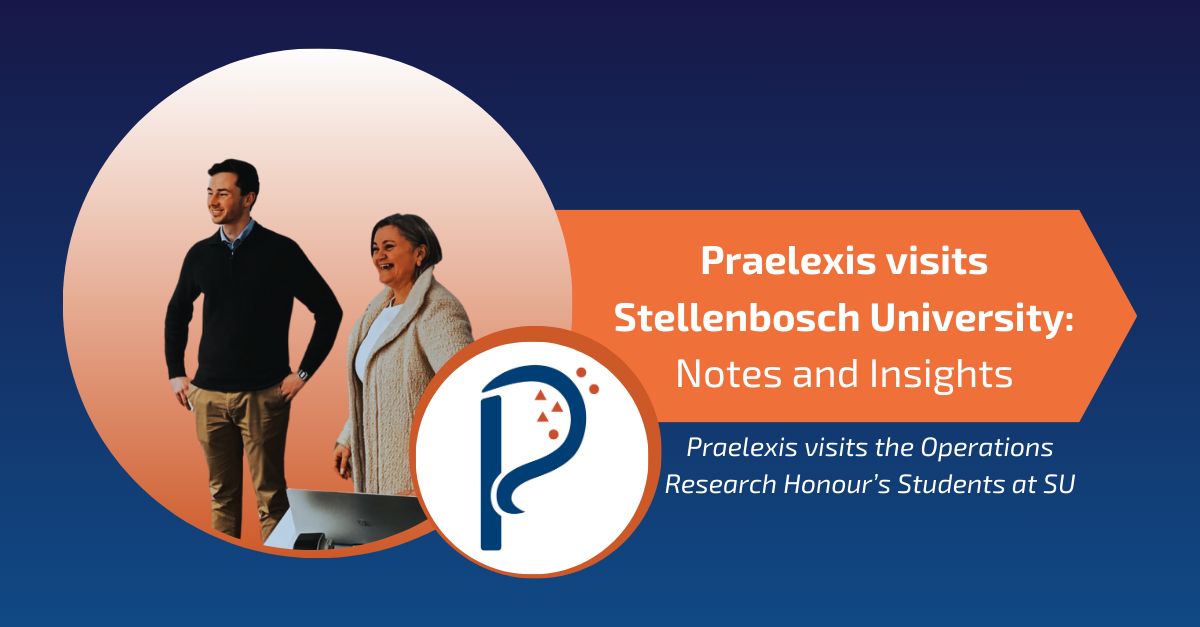“AI is a tool, not a source,” Dalene Joubert explained how to ethically use AI for research in the Arts and Social sciences, but many of her tips apply to any text-based research. She is a Higher Education Advisor at the Centre for Teaching and Learning at Stellenbosch University. She specialises in AI literacy in higher education. Recently she spoke at USAN, the conference for young researchers hosted by the Afrikaans and Dutch Department of Stellenbosch University. This article is a summary of that paper.
What are the criteria you need to consider when choosing an AI tool?
When you are considering an AI tool to assist you with your research, there are a few things you need to keep in mind:
- Will this technology help you save time?
- Will this technology help you develop a new perspective on the topic?
- Is this technology affordable (in terms of the possible subscription fee or the hardware needed)?
- Is this technology trustworthy? Will your data be private and will your data be stored in a reliable place?
Also, remember that this tool will most probably only assist in your research, it will not replace you as a researcher.
The three steps of using AI tools for research
- Identify the tools that will suit a specific part of your research process. You will need different tools for different phases.
- Use the AI tools effectively.
- Critically evaluate the output received from the AI tools.
Different aspects of the research process and AI tools that can assist you with each
Step 1: Background research
AI tools to consider using when you start the research process are Connected Papers, ChatPDF and Claude AI. Connected Papers does what the name says, it helps you find academic articles about your topic and adjacent topics. ChatPDF summarises a PDF and answers questions regarding the PDF. This is a good way to get the just of an article without having to go through the entire document. Claude AI is similar to ChatGPT. It might be worthwhile to play around with both to see which suits your needs best.
Step 2: Test your ideas
Sometimes it is good to check your ideas with someone. This might help you organise your thoughts or test whether your conclusions are logical. If you are not ready to tell a person your ideas, why not try chatting to an AI chatbot? PI.ai and Claud.ai could be such chatbots to consider.
Step 3: Formulate your argument
Once you’ve tested your ideas, it’s time to narrow down your scope and formulate your argument. This might entail formulating a thesis statement or deciding on which research gap you will attempt to fill. Here, again, an AI chatbot might be useful. Consider Claude AI or ChatGPT.
This is also the phase where you can check whether your writing communicates clearly. Ask the chatbot to read through it and summarise it or tell you what the main arguments of the text are. If your arguments match what the chatbot “reads” in the text, you have communicated clearly.
Step 4: Proofreading
Utilise tools like Grammarly, Quillbot or ChatGPT to help you find those pesky typos and spelling errors. ChatGPT could even point out some of your grammar mistakes and explain why it is considered incorrect. The only consideration here is that tools like Quillbot might rewrite your work. Because it won’t generate new insights, this might not be considered plagiarism, but a plagiarism detector might flag your work as AI-written.
Step 5: Referencing
Using a tool like Mendeley to organise your sources and execute your referencing can be quite useful. This makes referencing while you write a lot easier!
In conclusion…
AI can be a very useful tool for research when used responsibly. When choosing which tools to utilise there are a few things you could ask yourself: Will it save me time? Will this tool help me gain a new perspective on my research? Can I afford this technology? Is this technology reliable? Once you have identified the tools you want to use, it is important to learn how to use these tools effectively and to critically evaluate the outputs. Finally, there are different stages to the research process and AI could be able to assist you with all the different steps. However, it might be good to use different tools for the different steps as the outcomes of each phase of the research process are different.
Praelexis is a leader in the use of Responsible AI. If you are interested in speaking to our Responsible AI practitioners, please do not hesitate to reach out.
Illustrations: AI-generated
Image layout: Aletta Simpson





